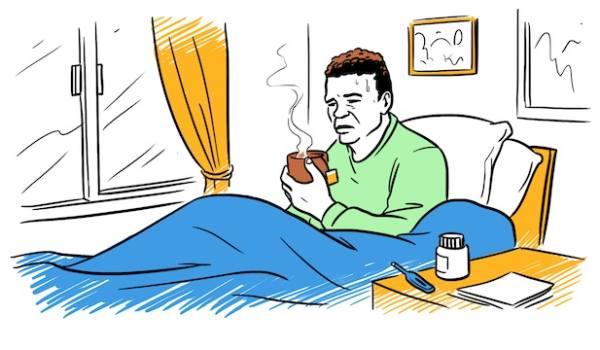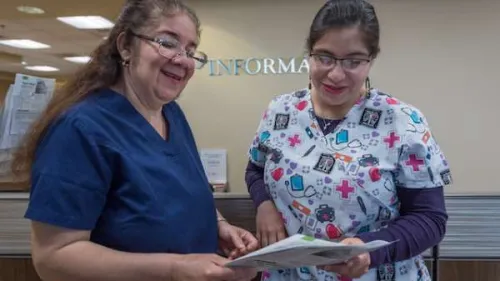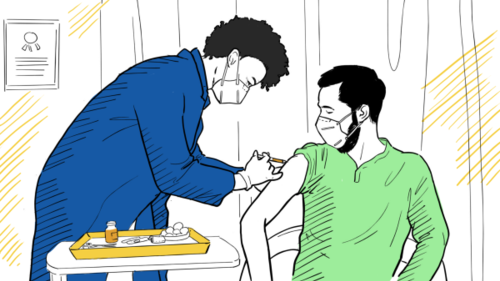COVID-19: Understanding Guidance and Rules
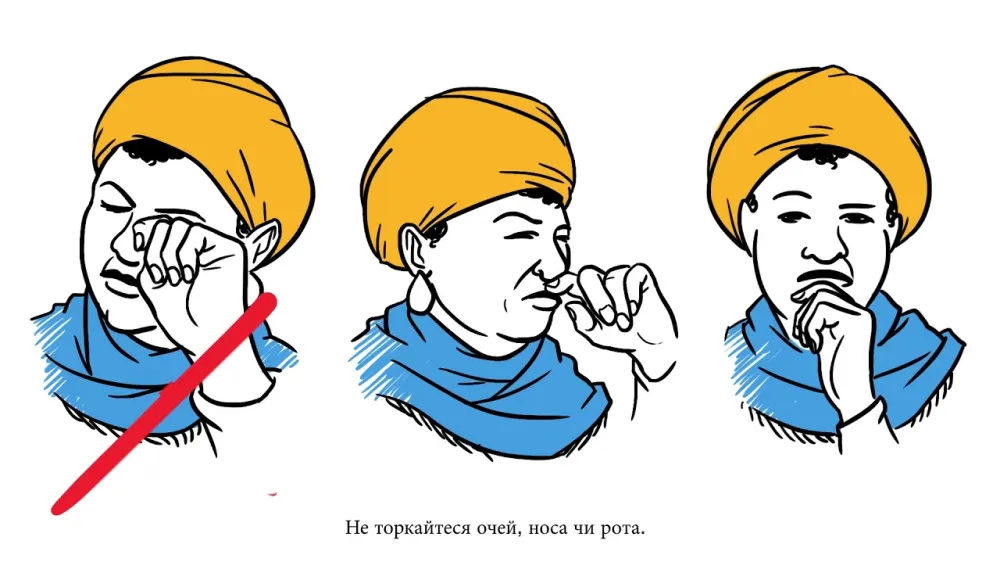
What is Covid-19?
The virus spreads when an infected person coughs or sneezes near an uninfected person. The virus also spreads when a person touches a surface that has the virus on it and then touches their mouth, nose, and eyes. The virus can spread between people who are in close contact with one another (within 6 feet).
Symptoms include fever, cough, and shortness of breath. The virus can cause mild to severe respiratory illness.
During the COVID-19 pandemic, you may hear government officials and healthcare workers refer to guidance or rules which are for your own safety.
Depending on the circumstances, you may be asked to stay home to protect others or yourself. These measures will help slow or stop the spread of the virus in your community. When communities slow the spread of the virus, hospitals are better able to care for sick patients. If you do have to go out, emergency response professionals like firefighters and police may approach you, but they are trying to help.
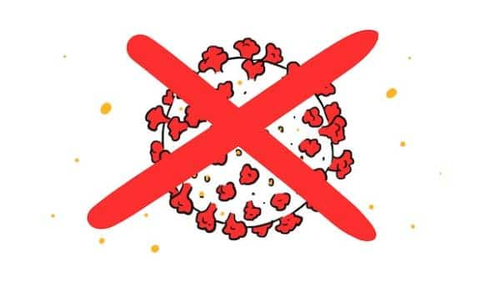

Here are some rules and guidance government officials and healthcare workers may ask you to follow:
Isolation: If you have symptoms of COVID-19, a doctor may ask you to self-isolate. This means staying home for a specific period of time. As much as possible, you should stay in a specific “sick room” away from other people you live with. This prevents the spread of the disease to other people.
Quarantine: If you think you have been in contact with someone who has COVID-19, you may be asked to quarantine. This means you must stay at home for approximately 14 days and tell a doctor if you have a fever, cough, or difficulty breathing. Quarantine helps prevent the possible spread of the disease before you feel symptoms.
Social or physical distancing: To slow the spread of the virus, government officials may ask residents to practice social or physical distancing. This means staying 6 feet away, about two arms’ length, from others and staying away completely from groups of people. Avoid having any unnecessary visitors in your home. This helps protect you from getting sick or spreading the disease to others.
Shelter in place: Cities and states may announce a “shelter in place” or “stay at home” order for the entire community. These orders differ by location, but usually require residents to stay at home as much as possible and only leave for essential outings, like buying groceries, visiting a doctor, or getting medicine. These rules aren’t lockdowns and still allow residents to perform tasks required for health and safety. In a lockdown, you are required to stay in your home at all times.
For more information about COVID-19, visit settleinus.org .
